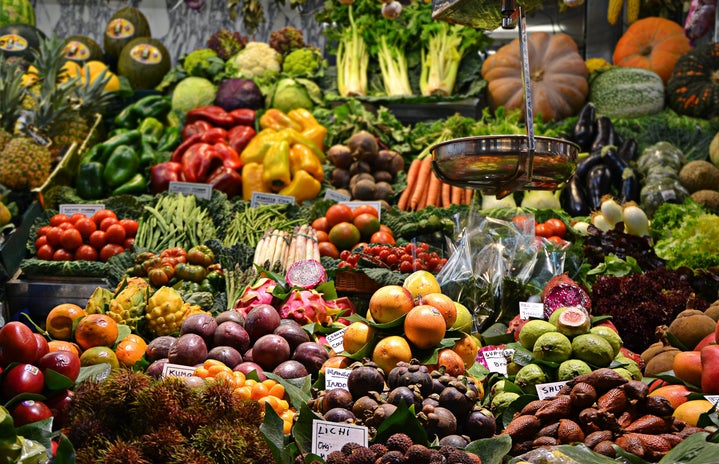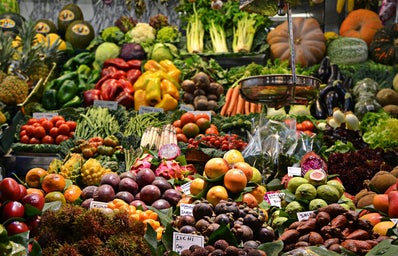As a dweller of a striving metropolis with long commuting time named Jakarta, it is natural to consider eating as a side activity that is similar to the likes of listening to music or scrolling through Instagram. But for many Indonesians, eating is still a special activity – as the dining table has not only become a place to serve food, but has also become a place to exchange thoughts and opinions, and for loved ones to ask how their day went. Being an only child of two working parents, I become a living witness of this, with dinner time frequently transforming into a social occasion. As a result, the definition of a “perfect” place to eat is no longer constrained to the quality of the meal, but includes the history and emotion tied to it.
In Jakarta, these “perfect” places refer to restaurants that have stood the test of time, serving dishes and using recipes that have not changed since its first establishment – sometimes dating back to the 1930s- causing it to be a favorite of the youth and elders alike. Unsurprising, considering that in my case, most of these “perfect” places are introduced to me by my parents who were first introduced by their parents. This shapes these places as potent stimulants for nostalgia and reminiscence of the past, with phrases like – “Back when I first went here with my parents…” or “Not much has changed with the place since I visited during my childhood” – becoming the first sentence of the many conversations sprouting here. Nevertheless, it can’t be said that the popularity of these places are caused by “indirect indoctrination” perpetrated by the older generations. Even for those who are guided to these places by Zomato, it’s difficult to deny the thick retro atmosphere created by the dim lighting, fans hanging on the ceilings, and rattan furniture. This ambience is further manifested by the persona and appearance of its waiters, with most having their hair all white, thick regional dialect in their speech, and more than half a century old.
Other than its ambience, the old age of these places is also embedded within its dishes. Many restaurants in Jakarta have succeeded in serving delicious dishes, but possessing a distinct taste is a different story. Ragusa, an ice cream parlor that has opened since the 1930s only has seven ice cream flavors, but it has managed to differentiate itself with other ice cream stores by topping its ice cream with a mixture of chocolate sprinkles, fruit candies, and crushed nuts. Another restaurant named Medan Baru, serves assorted selection of Malay dishes no different than the many Malay restaurants found in almost every corner of Jakarta, but its use of original spices such as pandan leaves, coconut cream, and nutmeg has sent every tongue tasting its fish curry and beef jerky spiralling through a flavor fiesta. Although serving two different cuisines, the two restaurants mentioned above and others considered as “perfect” places to eat in Jakarta share a similarity that become a backbone for their superior flavor, the determination to use the exact same cooking method, recipes, and ingredients to create the dishes that has been served since their first establishment. In short, these places’ history is evident in both, their dishes and atmosphere.
The advent of hustle culture in our current society that has popularized fast food outlets can be thought of as the beginning of the end for these “perfect” places. In reality, places that are thick with history have not lost their charm. For some, these places symbolize a tie to their past and act as conversation starters. And while some others frequented these places only because of the unique flavor of its food or Instagrammable interiors, it can be claimed without doubt that these places are still meant to inhibit Jakarta for the upcoming years.

